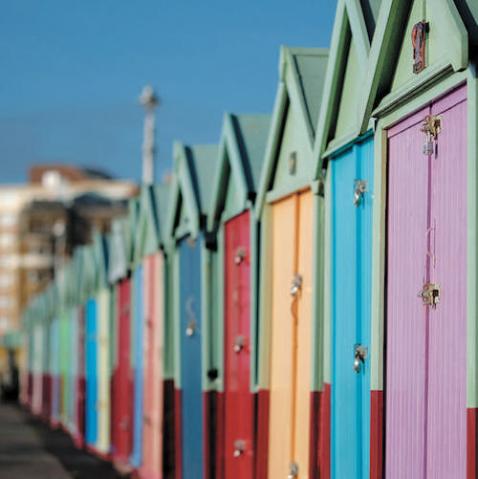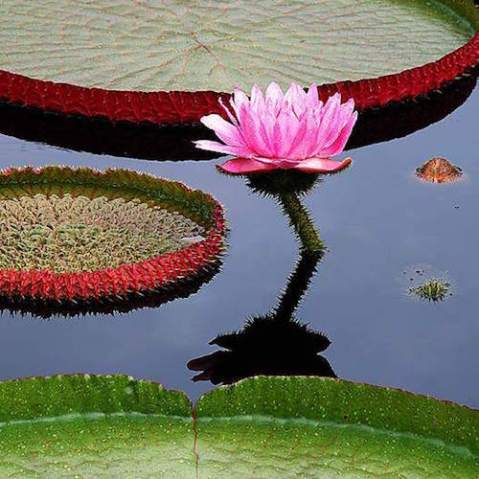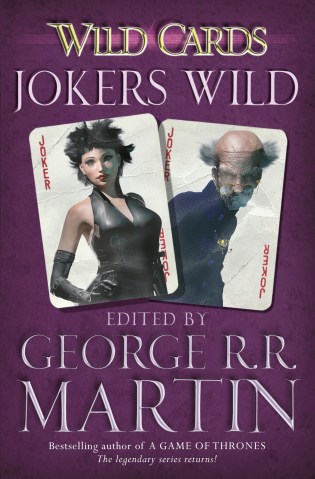The power of muted colours
Despite most photographers’ inclination to lean heavily on the saturation slider, colours do not have to scream or dance or do combat with one another to get our attention or to evoke a deep emotional response.
 Photographed on the King Ranch in Kingsville, Texas, the hazy day turned out to be a blessing, softening the palette under the otherwise brutal Texas sun.
Photographed on the King Ranch in Kingsville, Texas, the hazy day turned out to be a blessing, softening the palette under the otherwise brutal Texas sun.
Often, in fact, it’s the understated and subdued colours that awaken our deepest feelings and stir the imagination. These scenes, typically marked by a reduction in contrast and a lack of any saturated colours, speak in more hushed and restrained tones, tempt our eyes to explore the substance of these compositions more carefully. Rather than just quickly assimilating and accepting the brilliant flashes of colour that signify a Caribbean beach scene and then moving on to the next image, for instance, muted compositions beg us to consider the lines, textures, and visual weights more carefully.
Interestingly, too, with the exception of a summer garden perhaps, the world around us has far more muted palettes for you to choose from than brilliant ones. Browns (dirt, rocks, mud), rust tones (ageing city buildings, decaying industrial areas) and deeper tones of green and blue (forest interiors and ocean scenes) are far more prevalent than primary colours. By consciously choosing to work with a more subtle combination of hues and tones, you vastly broaden your range of potential subjects.

All colours become more muted and take on a deeper tonality as the light and/or exposure is reduced, so often just exploring at the edges of the day and using a slight bit of underexposure will lead to more muted hue combinations. The best time to look for muted compositions out doors is just before dawn and in the hour or so of dusk. If you’re exploring a city, for instance, rather than putting cameras away once the sun has slipped below the horizon of tall buildings sucking all the bright colours with it, look more carefully into the pale and less obvious colour compositions that remain.
As handily as brilliant sunshine and blue skies have the power to intensify colours, inclement weather has tremendous power to quiet them. Haze, mist and rain shush colours quite efficiently and in so doing evoke a more romantic mood. It’s helpful when you begin to work with such softened hues that you thematically match the colors to the subject.
 Fading light will naturally mute colours, as happened to this Florida marsh landscape after the sun had set.
Fading light will naturally mute colours, as happened to this Florida marsh landscape after the sun had set.
It’s easy to turn down the volume of colours by using slight underexposure using your exposure compensation control. By underexposing scenes a stop of more you effectively add diminish the brightness of all hues and so drain them of their saturation. Also, if you are working with a muted composition, be sure that you have any built-in saturation enhancements turned off in your camera’s software.
The Photographer’s Master Guide to Color is Jeff Wignall’s thorough course on colour and the role it plays in digital photography, giving you a new understanding of the important role colour plays in the creation of successful photos, and allowing you take outstanding colour photographs with any digital camera.
 The Photographer’s Master Guide to Colour
The Photographer’s Master Guide to Colour
Jeff Wignall
Buy now!





